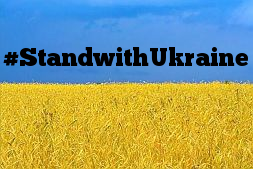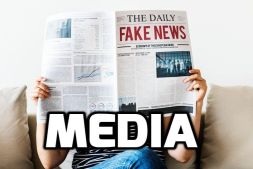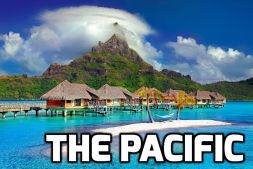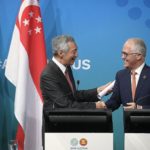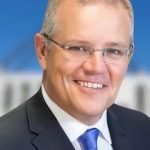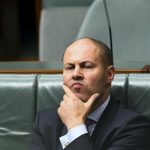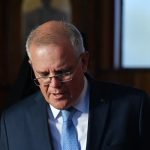What Prime Minister Rudd’s Asia Pacific Community Conference delivered
This editorial is published with the kind permission of the East Asia Forum.
From Thursday through to Saturday last week almost 200 officials, academics and commentators from around the Asia Pacific region gathered at the invitation of the Australian Government to talk about Prime Minister Rudd’s idea of an Asia Pacific Community [www.apc2009conference.org]. This was the one-and-a-half track dialogue that Rudd had promised to convene at the Shangri-la meeting in Singapore in September.
Whether or not Mr Rudd won over their minds to his proposal, as one of the more sceptical guests observed, he certainly won over the hearts of each and every participant. He did this by paying careful attention to ASEAN sensibilities about the idea in his opening address and with his warm personal and individual hospitality at Kirribilli House.
What did the conference deliver on substance? While no one thought that the region needed a new Asia Pacific institution there was overwhelming consensus of the need for institutional renovation or reconfiguration to achieve roughly what Rudd has in mind. The message received and confirmed is that ‘no-one wants more meetings’ and that ‘there is no appetite for additional institutions.’ But there is strong and widespread support for developing more effective alignment of regional strategic purpose through one or a combination of the institutions we have — a sentiment that is at the core of the idea of an Asia Pacific Community. There is need for a forum in which regional leaders can address the full range of regional and global issues; deal effectively with the consequences of economic integration, particularly its trade and investment but also its financial and macro-economic dimensions; address issues of political change and security; and educate the public and opinion leaders about the region.
A key question in advancing the idea is which of the established institutions (APEC or EAS or both) provide the best platform? A number of delegates seemed to favour EAS as the vehicle through which to do this although that would require signing the
Another question is how to take the next step? Former Korean Prime Minister Han Seung-soo, in a published keynote address, suggested that an Eminent Persons’ Group be appointed to define the way forward. But on what authority, by whom and whether that is necessary beyond leaders’ level initiative, were issues on which no consensus was forged.
There were some minor slips in the conference. In the Prime Minister’s speech, Asian delegates noted, there was no mention of ASEAN+3 among the established regional arrangements. ASEAN+3 is not relevant to taking the Asia Pacific Community idea forward. ASEAN+3 would certainly be where
On the whole, the Rudd conference served its purpose well and there is clearly space to press ahead, through official, but also through continuing informal, processes.
There are a number of recent articles in which you may be interested from the East Asia Forum. Visit www.eastasiaforum.org.
Peter Drysdale is Emeritus Professor of Economics and a Visiting Fellow in the Crawford School of Economics and Government at The Australian National University. He is Head of Australia’s East Asia Forum. He is widely recognised as the leading intellectual architect of APEC. He is the author of a number of books and papers on international trade and economic policy in East Asia and the Pacific, including his prize-winning book, International Economic Pluralism: Economic Policy in East Asia and the Pacific. He is recipient of the Asia Pacific Prize, the Weary Dunlop Award, the Japanese Order of the Rising Sun with Gold Rays and Neck Ribbon, the Australian Centenary Medal and he is a member of the Order of Australia.”
Peter Drysdale is Head of the Asian Bureau of Economic Research and Editor-in-Chief of East Asia Forum in the Crawford School of Public Policy at The Australian National University. He co-authored the Australia–China Joint Economic Report in 2016 and a new report on Getting the Australia–China Relationship Right.

